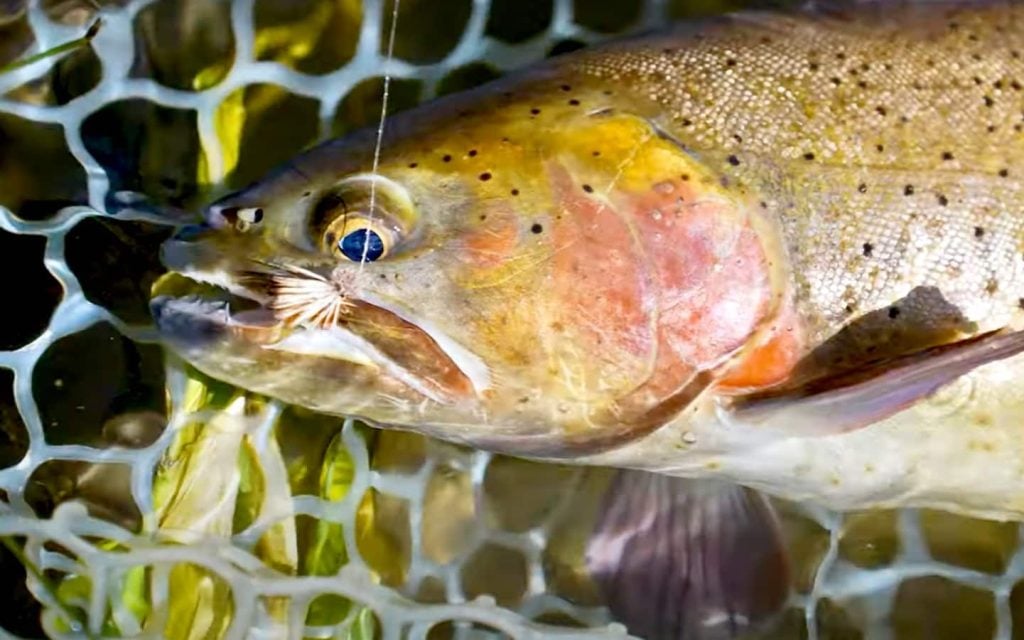What Counts as Fly Fishing?
 I’ve seen this question pop up a lot this year, and I commend Ross Purnell over at Fly Fisherman Magazine for bringing up at his publication. In a short post, Purnell talks about his experience fishing New Zealand’s South Island, and how he had to use 22-24 foot leaders to make a decent presentation to the island’s notoriously wary fish. In many cases, Purnell said he was only casting a few feet of fly line along with that long leader.
I’ve seen this question pop up a lot this year, and I commend Ross Purnell over at Fly Fisherman Magazine for bringing up at his publication. In a short post, Purnell talks about his experience fishing New Zealand’s South Island, and how he had to use 22-24 foot leaders to make a decent presentation to the island’s notoriously wary fish. In many cases, Purnell said he was only casting a few feet of fly line along with that long leader.
Which brings us to the question at hand—are these systems designed around long leaders really fly fishing? A mono rig, for example, uses the weight of a heavy nymph to help in casting, instead of the weight of the fly line to deliver the fly. That makes it much more akin to conventional angling than fly angling, if we’re being strict about definitions.
Was Purnell’s experience in New Zealand really fly fishing? Or is it much different than the tight-line crowd who rarely, if ever, cast fly line?
“I can tell you that the difference between the best fly fishing in the world, and not fly fishing at all seems to be the difference of a few feet of fly line,” Purnell wrote.
That’s a poignant observation.
So, what do you think? What constitutes “fly fishing” and does it really matter?
Is Fall Fishing Really That Good?
What Moves Trout to the Fly?











